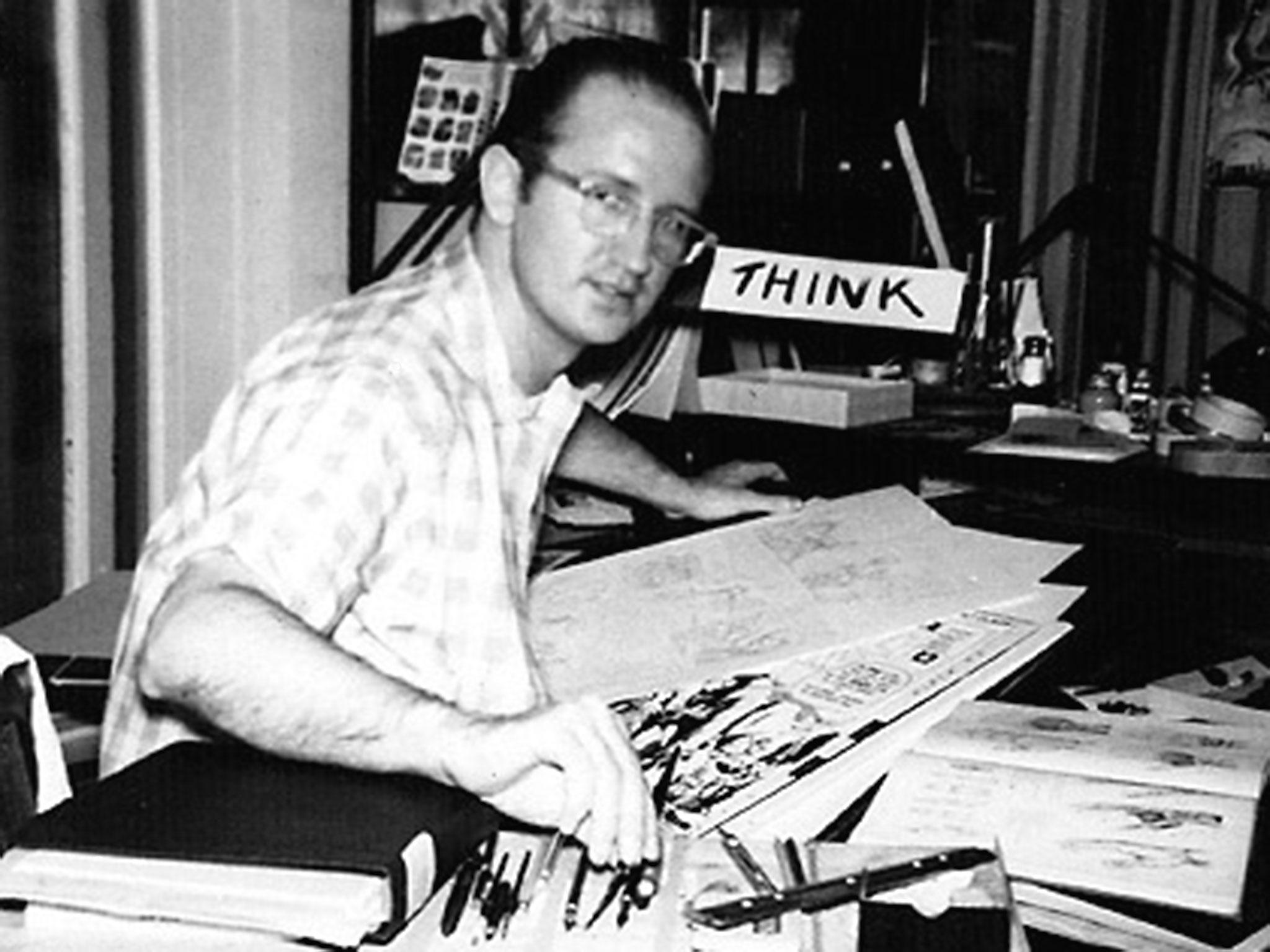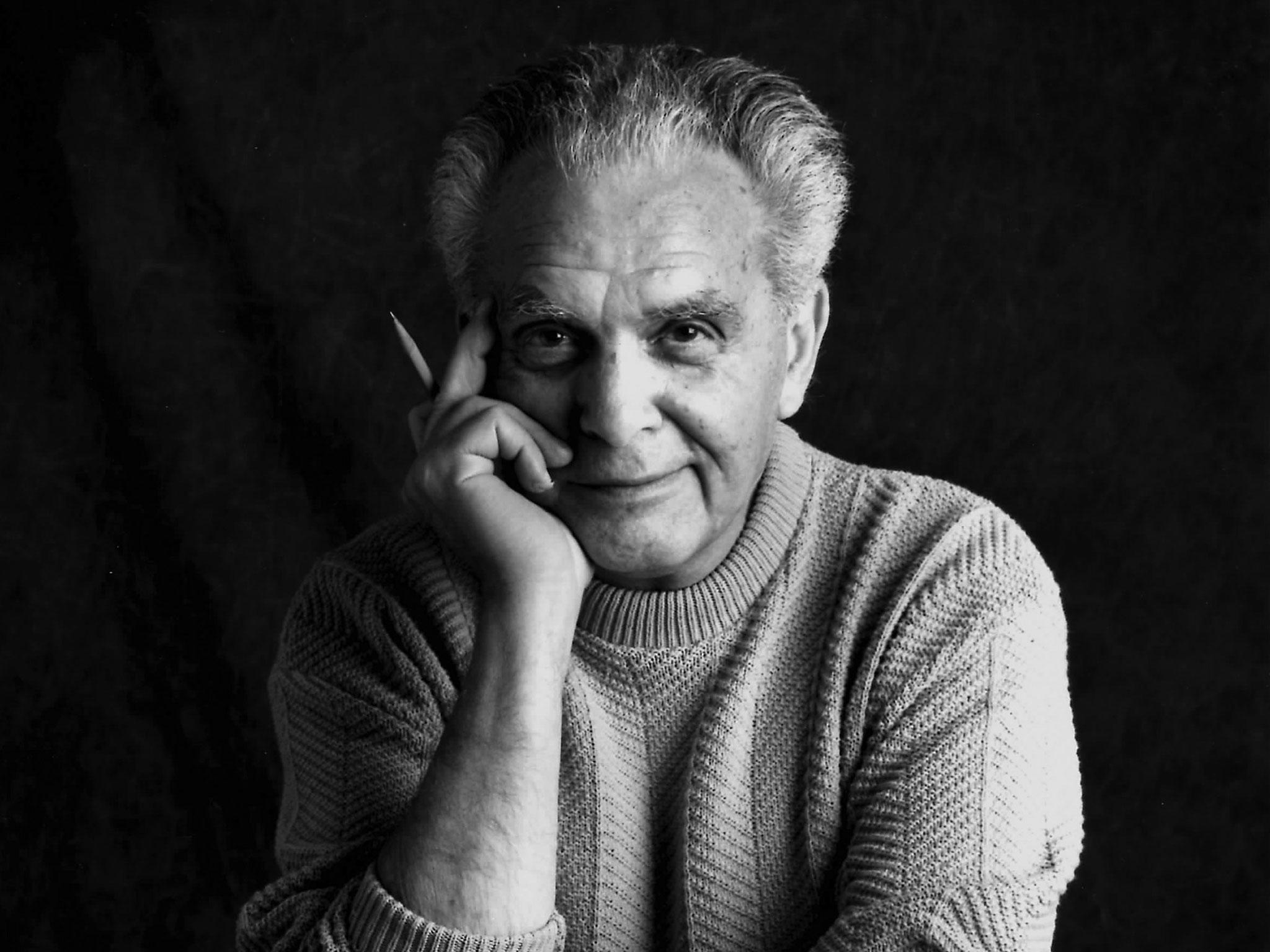Doctor Strange: The artists who brought Marvel characters to life
Doctor Strange hits the cinemas today, but it’s often forgotten the integral role the original artists played in the development of some of Marvel’s best-loved characters

Your support helps us to tell the story
From reproductive rights to climate change to Big Tech, The Independent is on the ground when the story is developing. Whether it's investigating the financials of Elon Musk's pro-Trump PAC or producing our latest documentary, 'The A Word', which shines a light on the American women fighting for reproductive rights, we know how important it is to parse out the facts from the messaging.
At such a critical moment in US history, we need reporters on the ground. Your donation allows us to keep sending journalists to speak to both sides of the story.
The Independent is trusted by Americans across the entire political spectrum. And unlike many other quality news outlets, we choose not to lock Americans out of our reporting and analysis with paywalls. We believe quality journalism should be available to everyone, paid for by those who can afford it.
Your support makes all the difference.Today, Doctor Strange passes through the magical portal from the world of “guy in a cloak so obscure only geeks with no social lives know who he is” to “household name”, thanks of course to the good doctor becoming the latest Marvel Comics character to hit the cinemas, with the added celebrity juice of having Benedict Cumberbatch in the title role.
The Marvel Cinematic Universe is doing a very good job of turning its more obscure properties into cash cows – a decade ago you’d have found the likes of Guardians of the Galaxy, Ant-Man and the Scarlet Witch only in the specialist comic shops where “normals” feared to tread. Now they’re on half the lunch-boxes in the world’s primary schools.
The all-conquering Marvel juggernaut might have breathed new life into these old characters, repackaging them for 21st Century sensibilities, but many of them have histories going back decades. What is less edifying than these brightly-coloured champions’ successes in the modern day is the fact that the artists who created them were sometimes treated in a rather less than heroic fashion.
Let’s take Doctor Strange for example. He first appeared in the Marvel comic Strange Tales in 1963, a departure from the company’s more science-based heroes such as Iron Man (rich dude who invents a flying suit of armour), Spider-Man (gains arachnid powers through the bite of a radioactive creepy-crawly) and the Fantastic Four (astronaut pals mutated after being bombarded with cosmic rays).
Doctor Stephen Strange was Marvel’s nod to the shadowy and supernatural, an arrogant surgeon left unable to work after a car accident who embarks upon increasingly desperate means to find a cure for his trembling hands, ultimately resorting to rumour and legend about an occult practitioner who can do the business. Strange is at first fuelled by greed and self-interest, and after his hero’s journey becomes humbled, selfless and worthy of the mantle of the Marvel Universe’s Sorcerer Supreme.
Doctor Strange was part of the mind-blowing first tranche of Marvel’s comic book revolution – and the company’s impact on ushering in a new age of comic book storytelling cannot be underestimated – along with the Hulk, the X-Men, the Avengers, the aforementioned Spider-Man and Fantastic Four.
History tells us that there was one man at the helm of this revolution – Stan Lee, whose name appears on the credits as writer for all those titles, and who is widely understood to have created the Marvel Universe as we know it. Indeed, every Marvel movie features a Hitchcock-style cameo from “Stan the Man”, as he became universally known.
But with comics, the writer’s name is only half the story, apart from a few instances where one person both writes and draws the comic, most stories are a partnership between writer and artist. And it’s become increasingly apparent in recent years that the artists from those early Marvel days might have had a lot more input into the formation of those characters than history suggests.
Broadcaster Jonathan Ross is not only a huge comics fan, but he’s also something of an expert on the work of one particular artist, who happens to be the man whose name, as artist, was next to Stan Lee’s writer credit on the first appearance of Doctor Strange – Steve Ditko.

Watch Apple TV+ free for 7 days
New subscribers only. £8.99/mo. after free trial. Plan auto-renews until cancelled

Watch Apple TV+ free for 7 days
New subscribers only. £8.99/mo. after free trial. Plan auto-renews until cancelled

Ditko is now 88, and lives a somewhat reclusive life in New York. Back in 2007, Ross made a documentary for BBC4 in which he went in search of the elusive comics creator. “I was a Steve Ditko fan from the moment I started reading comics,” he says. “Spider-Man was always my favourite character because he was everything I was as a kid – I was the nerdy one who wore glasses. It was me. But it was also Ditko’s art which was what I loved about the comic, so when Doctor Strange came along I was hooked on that as well. And the idea was all Ditko’s.
“As I understand it, Ditko wrote the story, created it fully realised. In my opinion, Ditko deserves most of the credit for Doctor Strange… at least 80 per cent to 20 per cent in his favour. He needs and deserves full responsibility for creating the character.
“Stan Lee is a genius but I think it’s time for credit where it’s due in terms of the artists he worked with, especially Steve Ditko on Doctor Strange.”
Why did Ditko never make more of his claim on the credit for creating the characters he worked on at Marvel? Anecdotally it's been suggested that Ditko in the past has said that he had been hired to do a job, and had got paid for it, and wasn’t inclined to seek anything else. But there has been a growing move in recent years to get artists the credit they deserve for their part in developing the iconic characters who, to be fair, are making Marvel a lot of money these days.
Practically all of the artists who worked on comics back in the day did so on a work-for-hire basis; even if they created a best-selling character fully formed, they were paid a wage for their work and allowed no further rights to it. The biggest case in point is Jack Kirby. Like Ditko, he was credited as “artist” on a wealth of superheroes we know and love today – the Fantastic Four, the Hulk, Thor, the Avengers, X-Men; and like Ditko, Kirby’s contribution is now believed to have been a lot more than being given a script by Stan Lee and told what to draw.
The way comics tend to work these days is that the writer will create a script – very much like a movie script – with the action and dialogue in each panel described. Watchmen and League of Extraordinary Gentlemen author Alan Moore was famous for his intricately-detailed panel descriptions. Back in the Sixties, with Stan and artists, it was a looser, more collaborative arrangement. Stan would discuss the basic story for each comic issue with Kirby or Ditko, they would turn in 20-odd pages of art, and Stan would fill in the captions and word balloons.
While many of the stories that eventually appeared had been largely invented by the artists, Stan Lee’s contribution can’t really be demeaned too much. He was a visionary, he created the cohesive Marvel Universe that meant the X-Men and the Avengers inhabited the same version of New York, he had the snappy dialogue down pat, he knew instinctively that the times they were a-changing and the comic audience of the Sixties wanted something new, fresh and revolutionary.

But in a just world, the likes of Kirby and Ditko would have been billed as co-creators of those characters and stories, rather than as “merely” artists, with the implication that they were just bringing the boundless imagination of Stan Lee to pen-and-ink life.
Justice, of a sort, has been done since those days. Ditko might have no interest in pursuing any claim on equal billing for his work, but in 2014 Marvel settled out of court with the Kirby estate just days ahead of a scheduled Supreme Court hearing to decide whether Kirby had been properly compensated for his part in creating what had by that point become very lucrative properties. Of course, it was too late for the man they called the King – he had died 20 years previously.
Kirby, along with Joe Simon, had also created Captain America for Timely Comics, which eventually became Marvel, back in the 1940s, and in 2003 the publisher again settled out of court with them over who should own the copyright to the now world-famous character, who has featured in three movies of his own as well as two Avengers films.
As Doctor Strange casts his spell over cinema audiences from today, and becomes the latest Marvel property to summon pots of cash as if by magic for the coffers of the company’s now-owners Disney, we should take pause to remember that these characters were not mystically created fully-formed. They were the work of men of great imagination, many of whom never got the full credit they deserved in their lifetimes for the legends they had given birth to.
Join our commenting forum
Join thought-provoking conversations, follow other Independent readers and see their replies
Comments